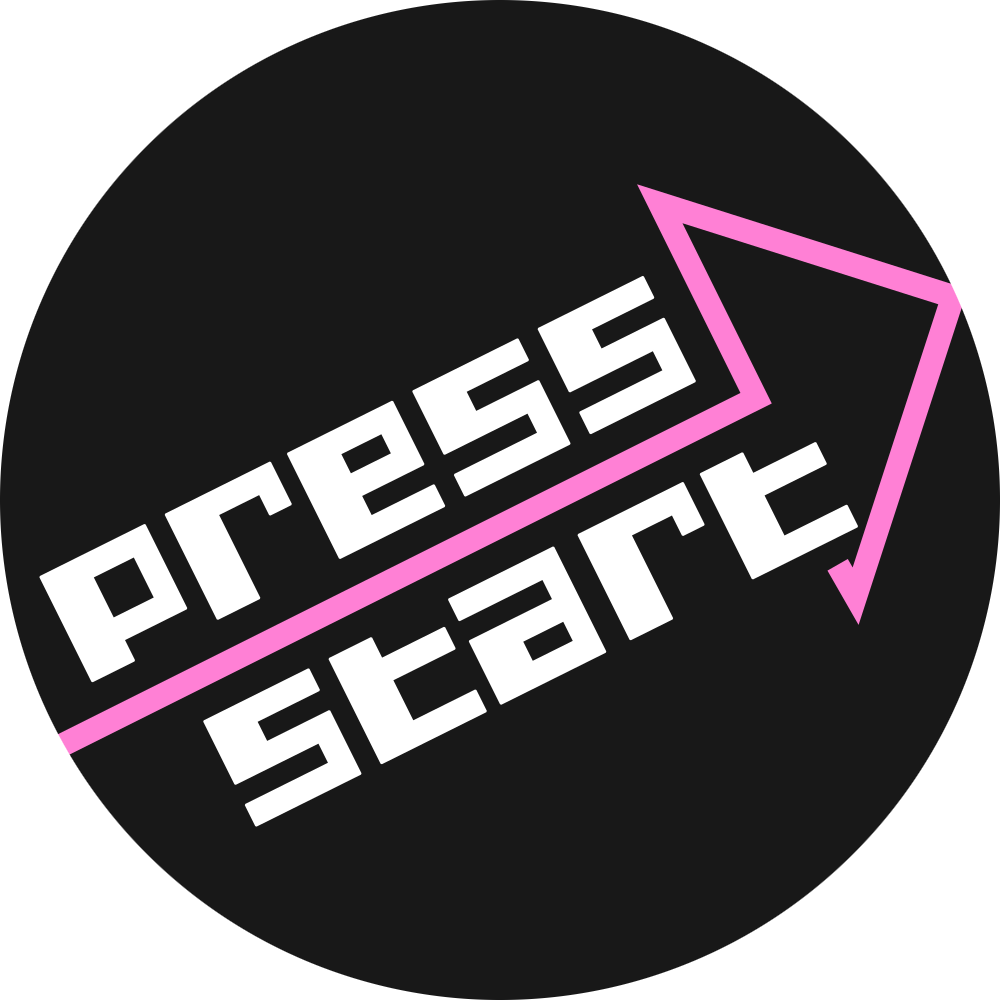That’s a logo, not a mascot. A logo is a mark that denotes a brand, the apple with the bite taken out for Apple, the footprint for GNOME, the stylized and colorized G for Google…
A mascot is a character that acts as a face and a voice for a brand. The gecko for Geico, Tony the Tiger for Frosted Flakes, Flo for Progressive.
Many brands looking to keep a serious, “sophisticated” brand aesthetic eschew mascots in favor of simple logos. GNOME follows suit with that trend. Nothing wrong with it, in fact I think it works quite well for them. If they were to adopt a mascot now it would be… Strange.





UPDATE: I picked up the ARC A750. Been driving it around for awhile. Older DirectX games perform on par or often even better on Linux with ARC than they do on Windows. DX12 games had negligible performance boosts being run on Windows vs. Linux with ARC save some big exceptions…
Certain DX12 titles, one of which I own (Halo Infinite) WILL NOT RUN under Linux WITH the ARC card due to a lack of features in Vulkan. There are still some DX12 calls that have no equivalents in Vulkan, and while some games flag this feature set without using it and MAY be able to be tricked into running without it, any games that actually USE those features will not run under Linux with the ARC card, period. So… Research your newer AAA DX12 titles first.